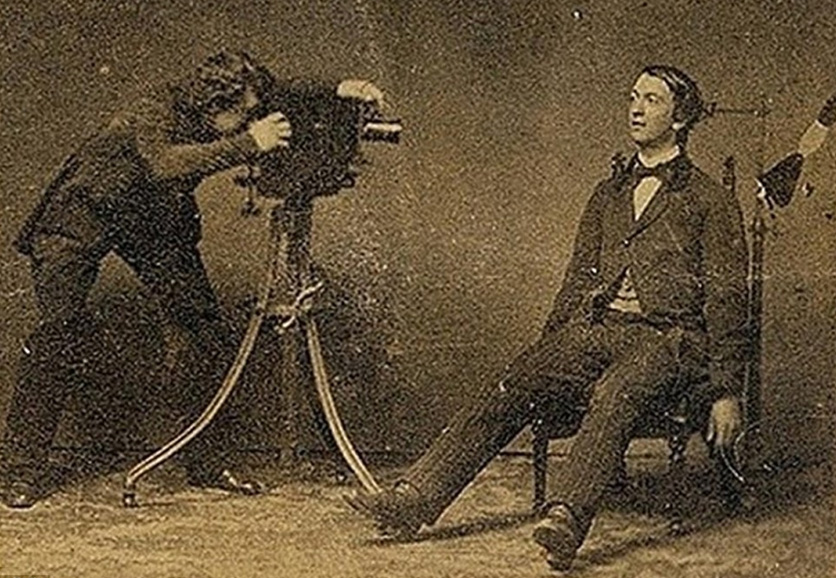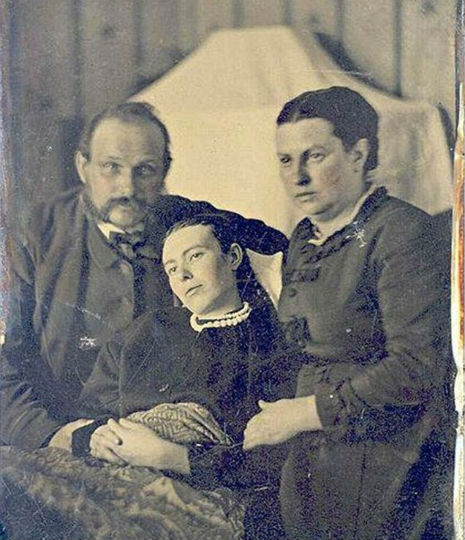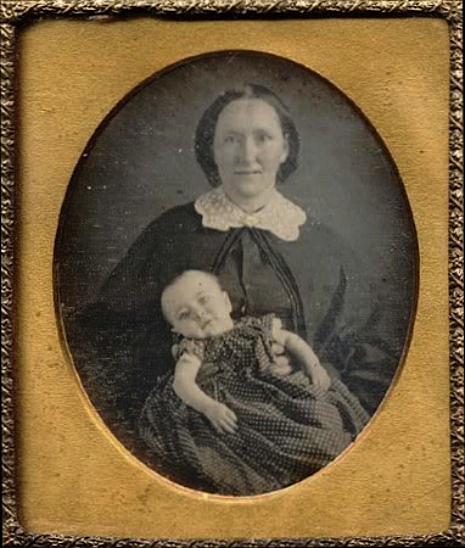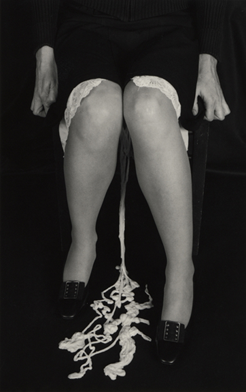Exe0.2 Magda Tyzlik-Carver & Andrew Prior
POSTHUMAN EXECUTIONS IN GHOST FACTORY
by Magda Tyżlik-Carver & Andrew Prior

Ghost Factory is an experiment which we perform on the self with help of machines and software. Combining flesh and computational matter, data and algorithmic design of the binary, distributing objects in time and space, Ghost Factory is a laboratory that makes data for/of no-one. It materialises processes in which humans and affects are turned into data facts. The body only a spectre in the shadows of the ‘big daddy mainframe’. Turned into ghosts by ‘informatics of domination’. Everyday mutations happen as the humans and nonhumans enter mutual transformations. For just a moment, when playing with Ghost Machine devices, human disappears severed from the body into data fictions; a medium of remediation, another body part, affective s[t]imulation, with eyes open though dead. Bodies of affect left behind.
This little horror story feels good, even if little noisy and glitchy, it is exciting, like all failure. But we believe in ghosts, they live with us and we want to touch them, we want to hear them, we want to have some fun, we want to become [with]one, ghost. Emigres from the everyday of becoming data body, with affect left behind we turn to ritual of ghostly labour, we call for them to come back. We are ghosts of database. Without soul and with a shell of another pattern recognition monster. Is it yet? Has it gone, my soul? Is that what I see on the other side of database? Is it waste of the other that excretes from the medium’s body? Is it us?
Ghost Machine software processes
Ghost Machine is written in MaxMSP coding environment and based on processes of transcoding and remediating. It takes PDF documents, still and moving images as source material which the machine systematically scans (or does it read?), outputting red, green and blue pixel values which are routed to three sound-making modules. Two modules map these values onto various musical scales, which are then played in real-time by a sine-wave generator. The last module converts values into raw audio amplitudes, producing unintelligible noises.
The software allows users to control the way in which files are viewed. A green square represents what is being scanned or read at anyone time. Users can choose to control the square by mouse movements, or automate its movement across and down pages. They can choose whether to look at the whole page or the scanned area, or superimpose both on top of one another. This final option creates new audiovisual possibilities as the pixels from the page and close-up can be superimposed on one another in a variety of algorithmic ways - adding, subtracting, or multiplying values—or indeed the plethora of other computational functions offered by the software—changes the visuals, and therefore the sounds which are produced by them. What we hear and see, is a trace of cultural transcoding - media become data, to be re-made and repurposed as the code determines.
Ghost Factory curatorial interventions
Ghost Factory is a curatorial mediation of Ghost Machine and performative curatorial installation with humans, machines and software. It has been performed twice (2013, 2015) to reflect on the ambiguous character of participatory culture in digital and networked media. The exhibition creates an environment to experience divided appeal of technology in popular culture. It arranges people, machines, software, sound and text, in ghostly combinations. It unpacks Ghost Machine into separate layers and plugs into data of YouTube facilitated channel. From immaterial labour of ghostly internet workers (2013) to zones of non-stop creative production (2015). And so the sleek machines and the DIY interfaces, the factory and playground of digital labour, and the cloud in which it is stored as a ghostly presence are all arranged and experienced in everyday stream of generating data. The posthuman character of contemporary pop is revealed as contingent gesture and a challenge producing ghosts that occupy forgotten depths of the internet, creating zombies as the result of an experiment gone wrong. Ghost Factory opens another posthuman experience to the willing participant. In any case, there is considerable doubt it will be of any use in this life or thereafter. Consider it a voluntary work experience.
---
References Haraway, Donna, ‘A Cyborg Manifesto: Science, Technology, and Socialist-Feminism in the Late Twentieth Century’, in Simians, Cyborgs and Women: The Reinvention of Nature (New York: Routledge, 1991), 149–81.
VNS Matrix http://www.obn.org/reading_room/manifestos/html/cyberfeminist.html ( 1991)
click for [Invocation of Contingent Others] [1]
---
Magda Tyzlik-Carver is an independent researcher and curator. Andrew Prior is sound artist.
---




